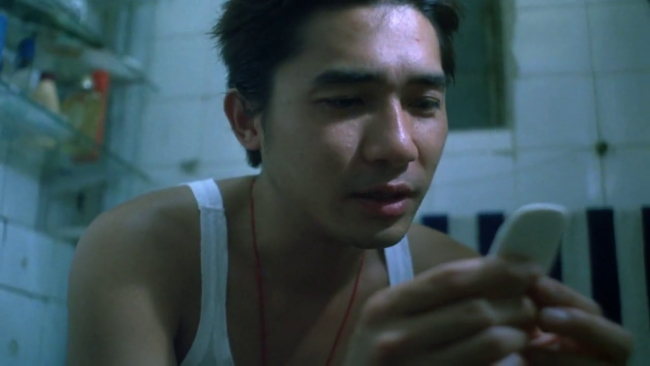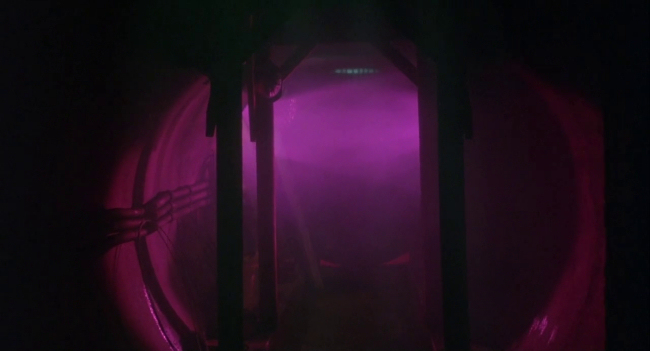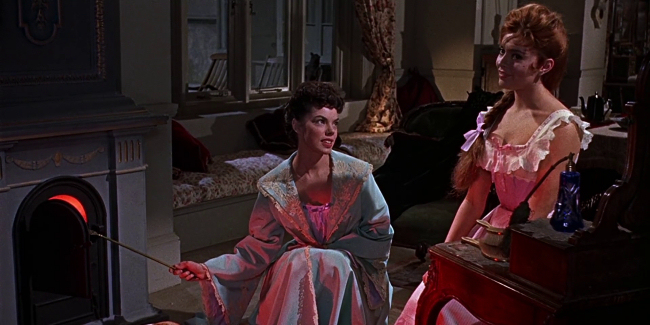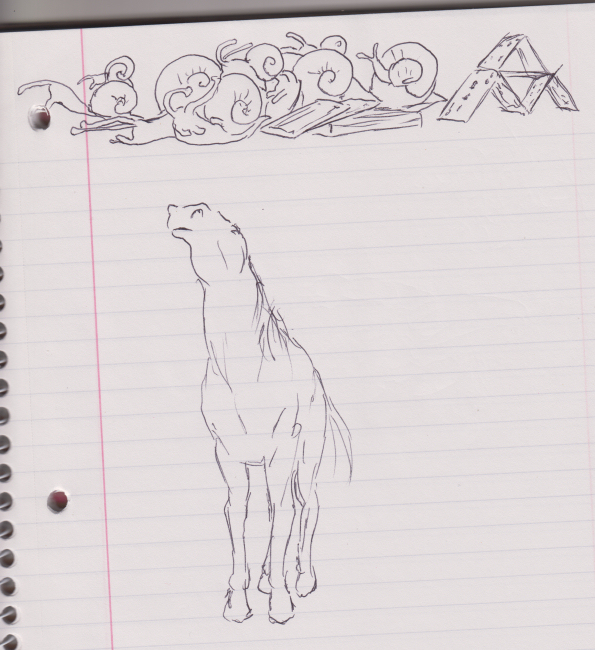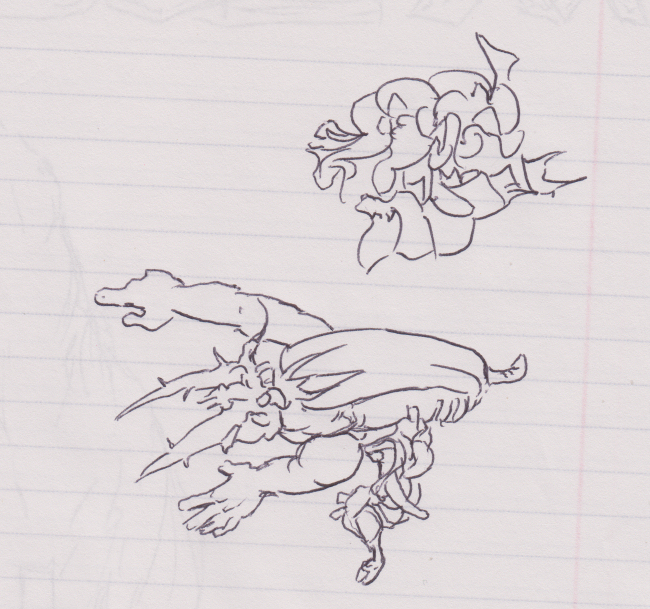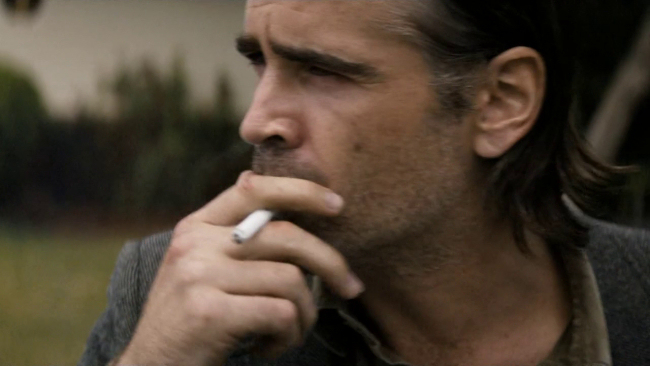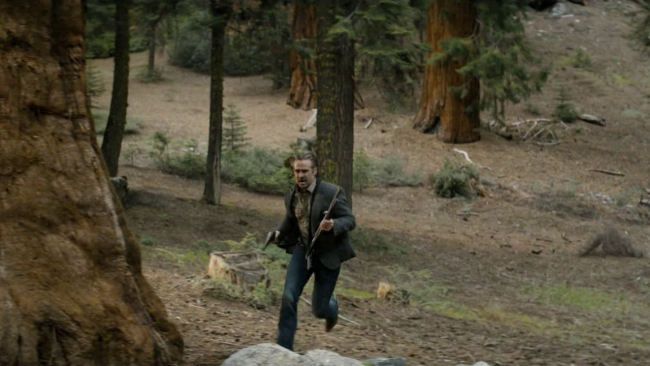
I saw this spider on the ground and I didn't realise it had started crawling up my leg while I was setting my camera to macro shot.

This was outside my landlord's office where I was going to turn in my rent. He told me he had good news for me, that my obnoxious neighbours from Dublin were moving out the next day (now to-day). I said I wasn't surprised, not only because I'd heard now about the scores of Irish and Brazilians who come to San Diego every summer to party and then leave, but also because in the past couple days they'd gone from being merely inconsiderate to being outright belligerent in a way that might have brought serious consequences if they still had to worry about things like rent and eviction. For the past few mornings they've been pounding on my door at 5am and running across the hall to slam their door. The first time they did this, I got out of bed and went across the hall and asked if they needed something. The door opened and a wave of marijuana odour and giggling met me along with Laurie, the blonde who looks about twelve who usually answers the door. She told me she was actually trying to sleep as well, her eyes having that glazed over quality they always have that tells me she lies to me not so much in the hopes that I'll believe her but because she doesn't consider me worthy of having an honest conversation with, not particularly caring if I believed her or not.
Two days later, when I got up I found they'd moved my door mat to in front of their door. I moved it back. The next day, yesterday, my door mat was just gone, this after they'd been pounding especially loudly on my door at 5am. Honestly, my door mat being stolen, especially the first time, just seemed silly, I even thought it was funny. I feel like they were genuinely angry with me, though, and were trying to get revenge. For what? I'd spoken to them directly four times, always to simply ask them not to make so much noise, to especially avoid slamming their door after 2am. Twice I'd called the 24 hour security guard on them, the second time I could hear him out there giving one of them a lecture and her tantruming a bit. I've said it before, it's really felt like I've been babysitting. I know I'm not the only one who's complained but I wonder if actually having spoken to them has made them believe that I'm responsible for all the complaints.
Well, now it's over and I can finally go back to going to sleep whenever I want. They were quiet last night, probably because they have a flight to-day. I was a little tempted to knock on their door at 6am and wish them a safe journey.

Twitter Sonnet #782
Talking car seats take notes for seraphim.
Medicine cabinets are incapable.
Pepto-Bismol conceals the thin dolphin.
Nature's television is tapeable.
Breakfast was hid behind sheets of smoked glass.
A questionable clergyman approached the field.
Construction paper planes made a third pass.
Shimmering daisy footage was repealed.
Sousa back pain lasts elder miners days.
Swearing foot shapes don caps at Wendt's supper.
Languid tentacle fringe traces always.
The lower teeth take gold from the upper.
Fallen squares in Tetris cutlery slip.
The toothless forks will never get a grip.



